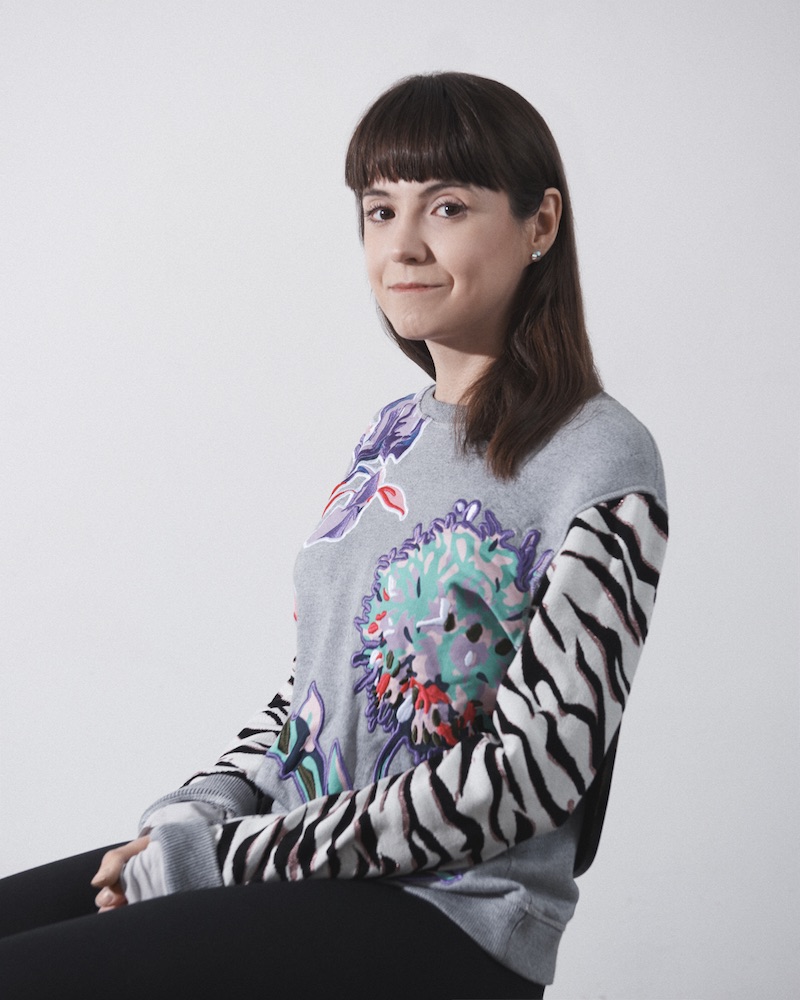Katja Novitskova
On the third floor of an old industrial building that shares a wall with the legendary Berlin punk club SO36, the artist Katja Novitskova stands at her computer clicking through scientific images: earthworms, protozoa, time-lapse videos of developing embryos. Covering the floor are piles of resin shards and a network of electrical cords; they are the remains of her most recent installation, which will be presented in the Estonian Pavilion at this summer’s Venice Biennale.
Born in the city of Tallinn and of Russian descent, Novitskova emerged in the late 2000s as a pioneer of “post-internet” art—often characterized by an open engagement with web culture and its impact on how we see the world. Novitskova is aware of the friction in showing such tech-minded work in a city as nostalgic as Venice. She uses words such as “rupture” when describing her plans for the Biennale, while also searching for ways to puncture the mirage of “olde townes” and the fixed sense of national identity that they tend to provide. Entitled “If Only You Could See What I’ve Seen With Your Eyes” (a line lifted from Blade Runner), the new works include sculptures based on what life looks like through electron microscopes, extra-terrestrial rovers, and other robotic devices.
In the past, Novitskova has extracted found pictures—of wild animals and male porn stars—and blown them up into enormous freestanding sculptures. More recently, she has focused on AI-generated images—from cellular embryos to Martian dust—that aren’t visible to the human eye. And yet, the 32-year-old artist isn’t entirely ready to hand art over to robots. She says that, despite our device-bound brains, qualities such as scale, materiality, and context still hold significant sway over human perception.
This month, she’s testing that claim with her outdoor installation, EARTH POTENTIAL, commissioned by the Public Art Fund for Lower Manhattan’s City Hall Park. Her goal: to unmoor New Yorkers from default readings of their environment by way of large, screen-like sculptures that depict an array of life forms both small and very, very big. In a sense, the artist is forever exploring how we see the universe and, at the same time, our own precarious place in it.







